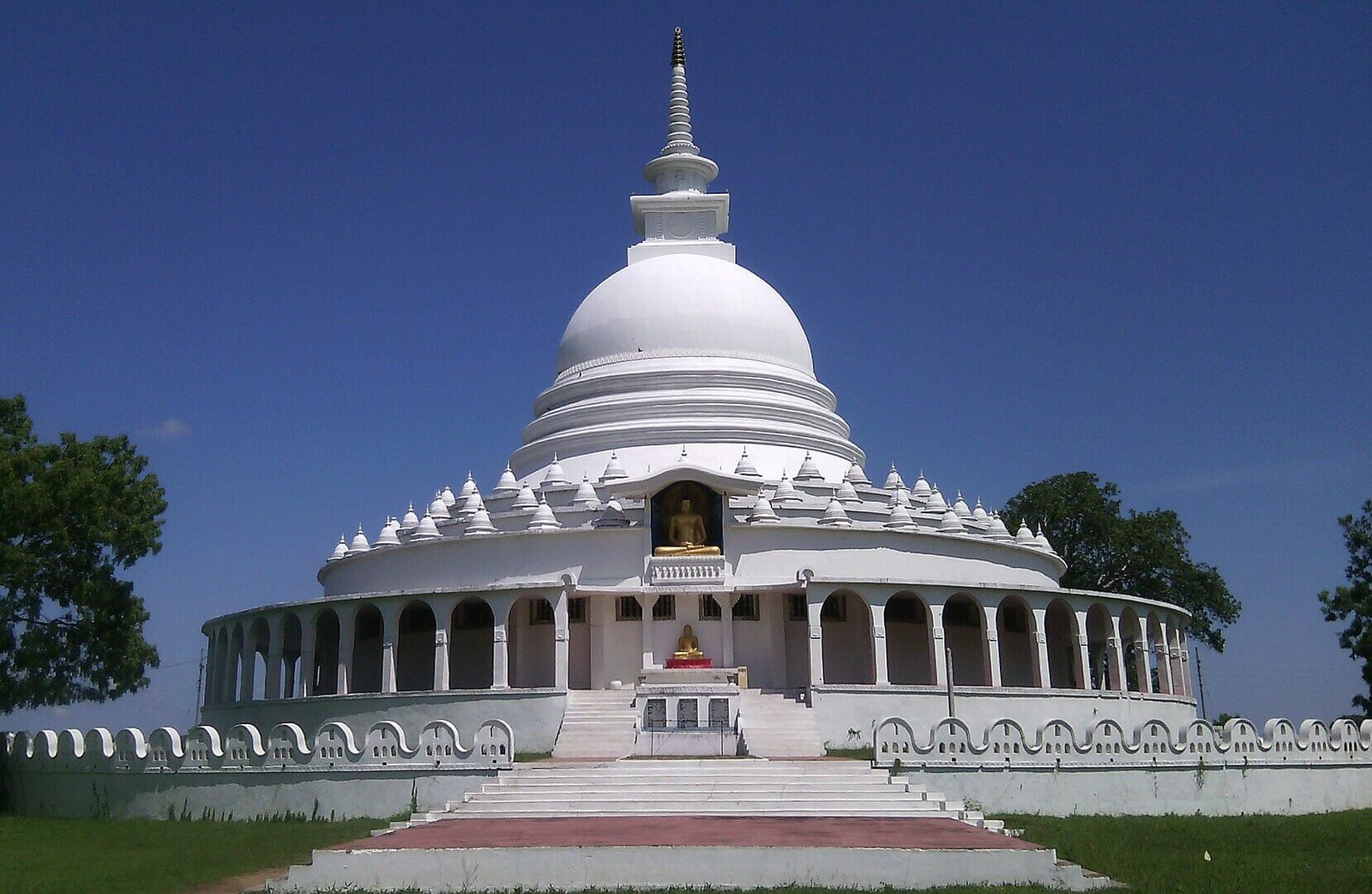The Japanese Peace Pagoda in Galle was constructed in the early 1980s under the guidance of the Nipponzan Myohoji Buddhist order as part of a global effort to promote peace and harmony after decades of conflict worldwide. Strategically perched on Rumassala Hill, it offers sweeping vistas of Galle Fort, the lush Southern coastline, and the blue expanse of the Indian Ocean. Architecturally, the pagoda is notable for its pure white dome topped with traditional Japanese spire elements, combined with Sri Lankan Buddhist symbolism, illustrating a harmonious blend of cultures. The surrounding area is adorned with prayer flags inscribed with mantras, which flutter gently in the coastal breeze, contributing to a deeply meditative atmosphere. Locals and tourists alike visit to meditate, reflect, or simply enjoy the peaceful environment away from urban noise. The pagoda’s cultural importance lies in its message of universal peace and the strong connection between Japan and Sri Lanka’s Buddhist heritage. The climb to the top, though moderately challenging, rewards visitors with both spiritual solace and breathtaking natural beauty.

No results available